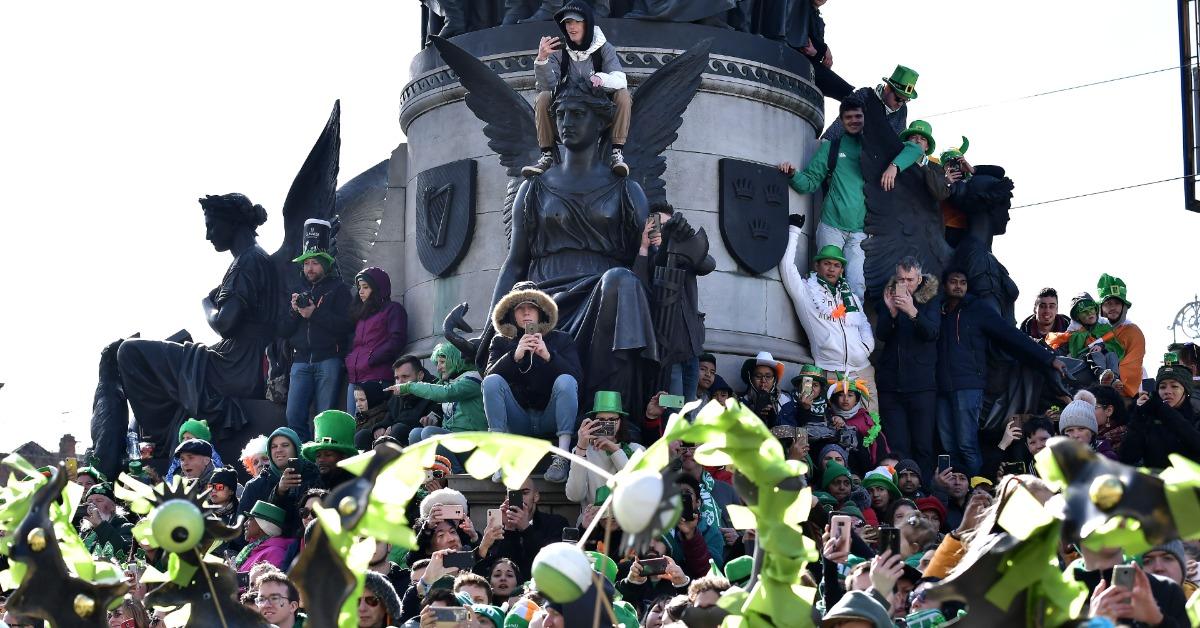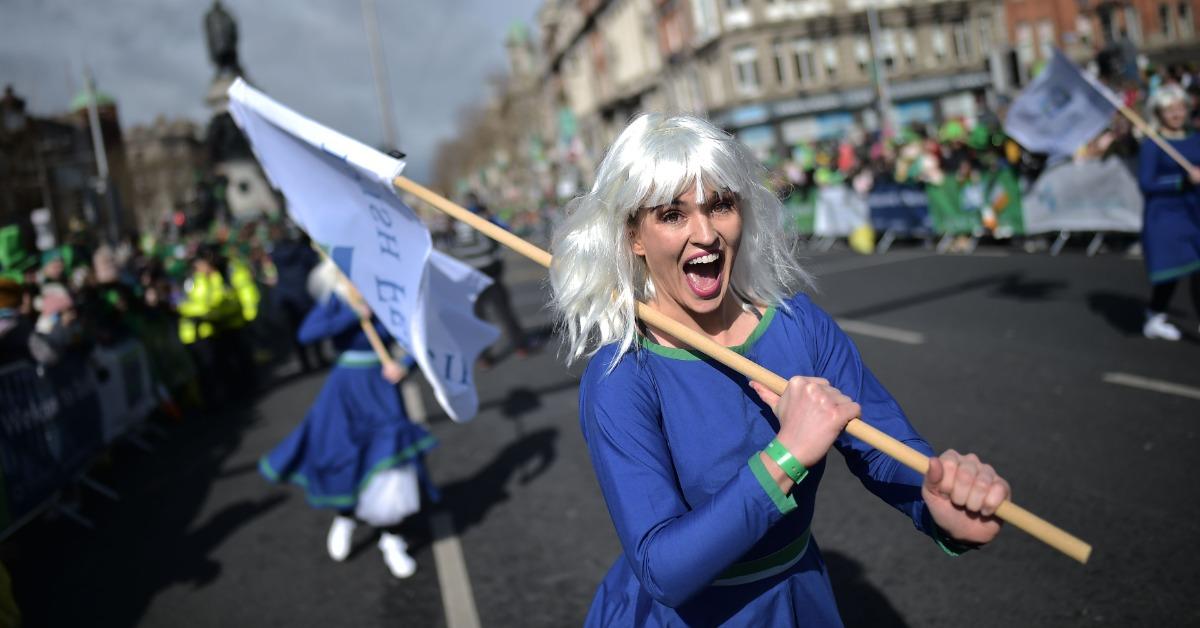Believe It or Not, Orange and Blue Are Traditional St. Patrick's Day Colors Too
Hopefully this saves some people from getting pinched!
Updated March 15 2024, 4:23 p.m. ET

It's that time of year again! Full of green food coloring, sparkly green clothing, and a variety of other shamrock-shaped and colored goodies, St. Patrick's Day's visual identity is one simply associated with the color green.
However, green isn't representative of the holiday to everyone. In fact, for a select group of celebrators, the color most associated with the day is actually orange! So, why do some people wear orange on St. Patrick's Day? Here's a breakdown of the tradition and what it actually means for those who celebrate.

Why do some people wear orange on St. Patrick's Day? It seems to be for religious reasons.
We all already know that green is the de-facto color associated with St. Patrick's Day, but what if we told you there's not only one, but two other famous colors that have been tied to the day's celebrations? Both orange and blue hold significance within the context of the holiday's history, and here's why.
Green became the color largely worn on the day thanks to Ireland's nickname as "The Emerald Isle" as well as the green stripe on the Irish flag, but its orange stripe is also honored through the day as well. The color orange represents the sizable Protestant population within Ireland, and the green symbolizes Roman Catholicism, the religion that originally invented the holiday.
Nonetheless, St. Patrick's Day was co-opted by Protestants, who opted to don their representative orange instead of green for the day. The white stripe separating the green and orange ones on the country's flag is indicative of the unity both religions maintain, meaning there's no bad blood no matter what color you don. Even now, many holiday garments showcase the Irish flag, symbolizing the religious unity the country enjoys to this day.

In actuality, blue was the original color associated with St. Patrick's Day.
When St. Patrick's Day initially became a holiday in Ireland, the original color associated with the festivities was the patron saint's signature shade of blue. According to the Christian Science Monitor, green was co-opted as the signature holiday color once the festivities and parades took hold in America. Ancient artwork often depicts St. Patrick himself in blue garments and the official wear of Irish representatives across flags, coats of arms, and sports jerseys are still dipped in the color blue.
However, that element of the holiday is largely forgotten outside of traditional celebrations in Ireland itself. When the first St. Patrick's Day parade occurred in New York City in 1762, Irish soldiers who were stationed in the then-colonies representing the English military marched through the city. This spectacle, which has continued (albeit in a different form) today, defined the color that would become the holiday's new signature: green.
So, don't be too surprised if you happen to see someone draped in orange or blue this St. Patrick's Day. They're just celebrating a different element of the holiday's long and rich history.